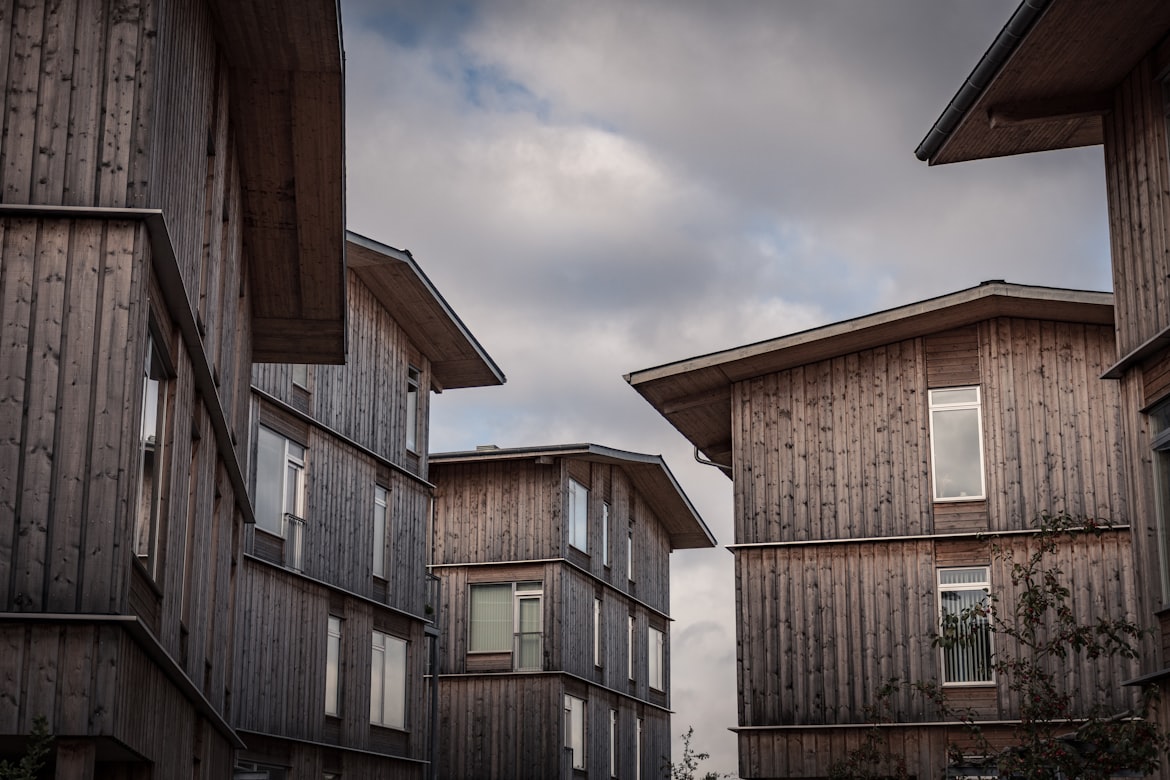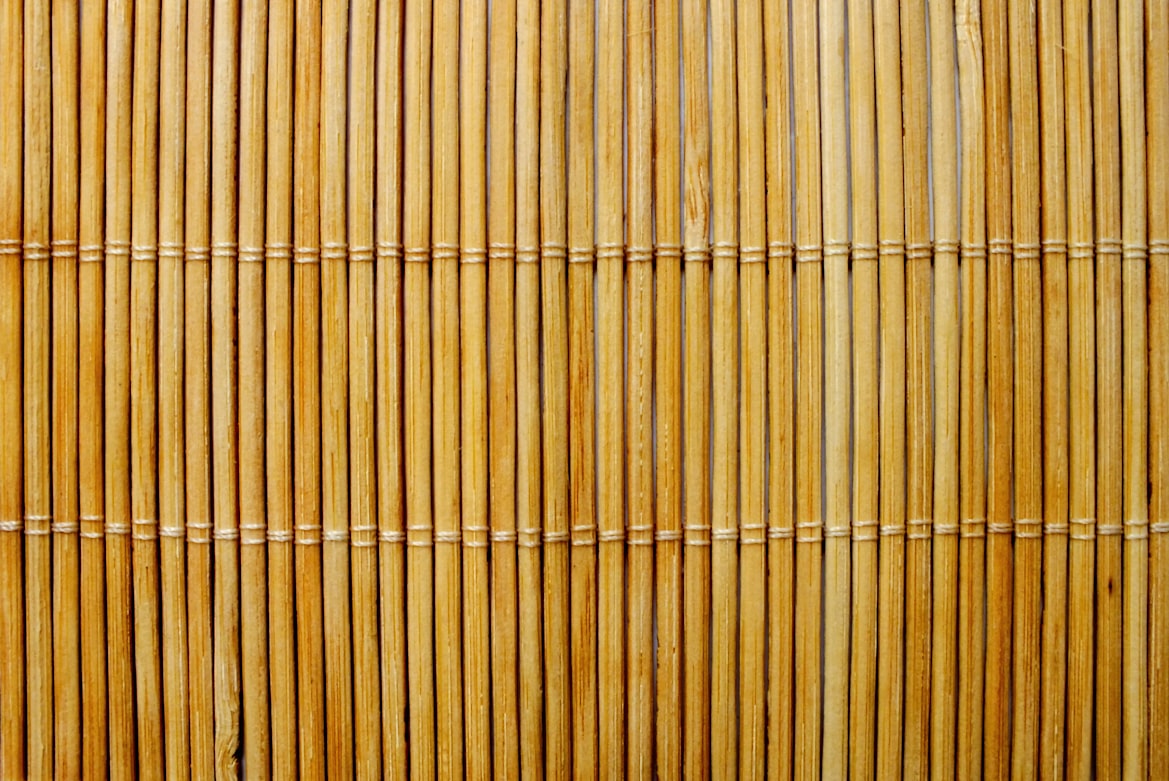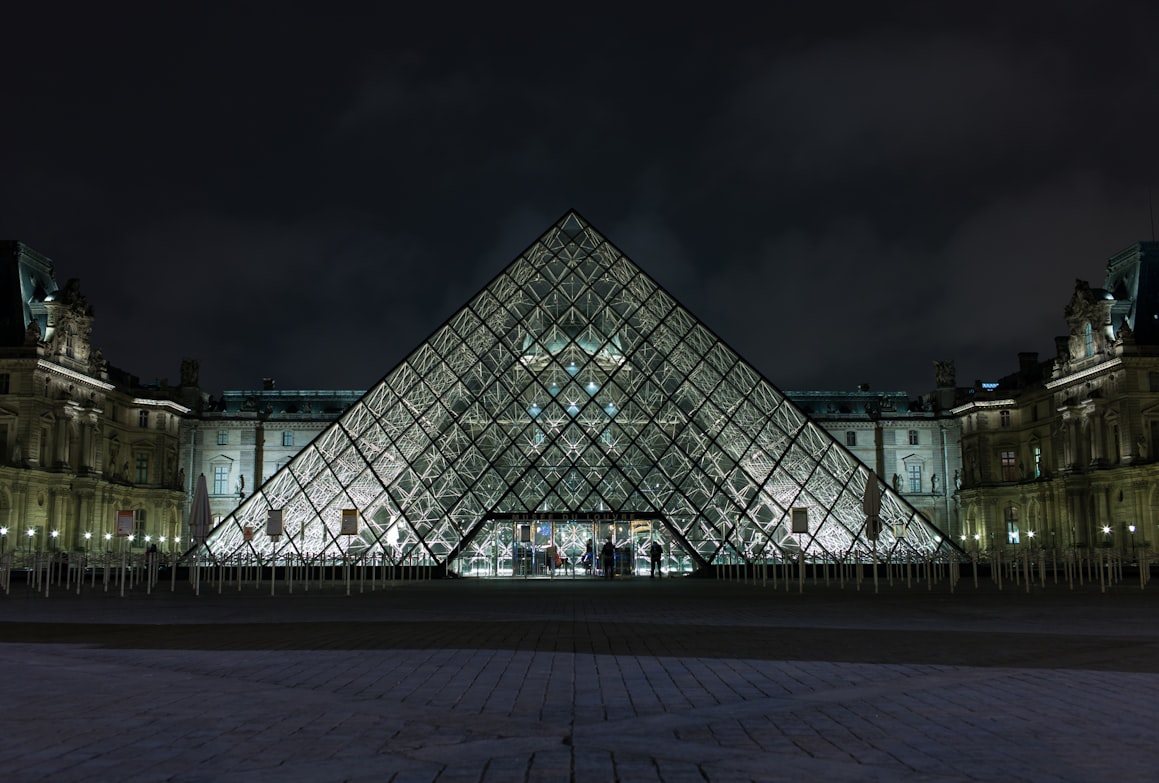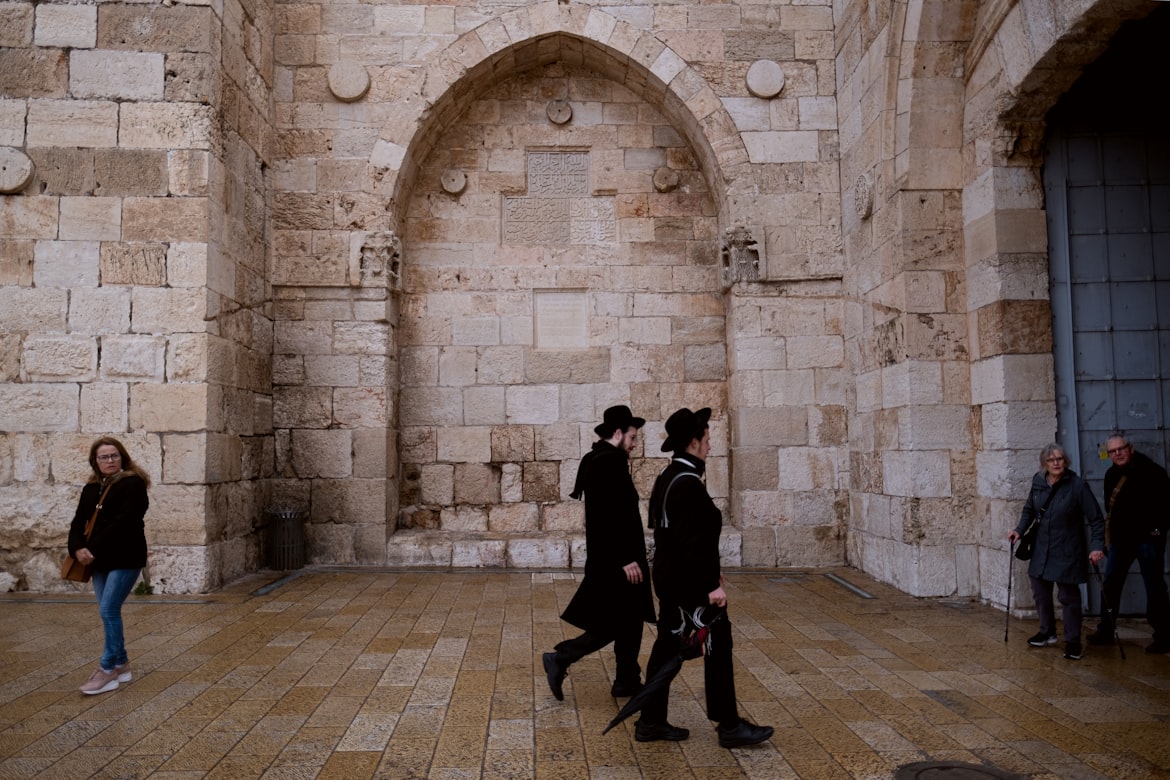CONTACT US
We will get back to you as soon as possible.
Sustainable interior wall cladding options for Australian homes are becoming increasingly popular among homeowners. As people become more conscious of their environmental impact, they are looking for ways to reduce their carbon footprint.
This article will explore the different sustainable wall cladding options available, and how they can benefit both the environment and the homeowner.
With Australians now more aware of their environmental responsibilities than ever before, it's important that we all do our part to reduce our impact on the environment. Interior wall cladding is one way that homeowners can achieve this, as it can provide a great opportunity to use natural, renewable materials while still achieving a stylish look.
In this article, we'll discuss some of the best sustainable wall cladding options for Australian homes and how they can help reduce your carbon footprint.

Ah, timber cladding. The classic interior wall cladding option for Australian homes. It's been around for generations and it's here to stay. What could be more comforting than the warm, natural look of a wooden wall? A surefire way to make any home feel cozy and inviting.
But let's not forget the environmental impact of using timber as a sustainable wall cladding option. While wood may give off a pleasant aesthetic, it does require deforestation to harvest, something that is definitely not sustainable in the long run.
Fortunately, there are other options available, like bamboo cladding. This eco-friendly alternative is becoming increasingly popular among homeowners due to its striking appearance and sustainability credentials. With no trees needing to be cut down or harvested, bamboo offers a guilt-free way to decorate your walls while giving your home an instant makeover.
Moving on...
Let's talk about bamboo cladding durability - how long will it last in Australian homes? And what kind of design choices are available?
When looking for a sustainable interior wall cladding option for your Australian home, bamboo should certainly be considered.
It not only looks great but is also durable and reliable.
Bamboo has a unique ability to withstand harsh climates and its natural strength gives it the capacity to last for many years when installed correctly - in fact, some have reported it lasting up to 20 years!
Furthermore, when properly cared for, bamboo can even become more durable over time.
No matter how you look at it, bamboo is an excellent choice if you're looking for a quality wall cladding solution that will last.
When it comes to the design of your bamboo wall cladding, you have a lot of choices.
You can get panels in different colors and sizes, or if you really want to make an impact, you could opt for custom designs.
Bamboo is a versatile material and can be used to create almost any kind of look, from modern and sleek to rustic and traditional.
It also pairs well with other materials like wood, stone, metal and tile, so you can mix and match to get the perfect look for your home.
Plus, because bamboo is an eco-friendly option, you can rest assured that you're making a sustainable choice too!

Cork cladding is an increasingly popular choice for sustainable interior wall cladding in Australian homes. It provides a natural, warm and inviting aesthetic to any room and is an excellent insulator of both heat and sound. Cork cladding has many benefits that make it a great option for sustainable interior wall cladding:
* It's eco-friendly - cork is harvested from the bark of cork oak trees, which are renewable resources.
* It's water-resistant - cork is naturally resistant to moisture, making it an ideal material for kitchens and bathrooms.
* It's durable - cork can last for decades with proper maintenance, making it a great long-term investment.
Cork cladding also requires minimal maintenance due to its natural resistance to mold, mildew, and insects. Its easy installation makes it a great DIY project as well.
For those looking for a sustainable option with style and longevity, cork cladding may be a perfect choice. With its multitude of advantages, cork cladding easily transitions into hemp cladding as another viable option for sustainable interior wall cladding in Australian homes.
Cork cladding has become increasingly popular in recent years, thanks to its sustainability, durability, and sound insulation properties. It's also relatively easy to install, with minimal disruption to the home environment. However, it can be expensive and may require regular maintenance to keep its quality intact.
An alternative option is hemp cladding. This eco-friendly option is often made from industrial hemp waste and provides excellent insulation against both hot and cold temperatures. Hemp cladding is also quick and easy to install, making it an appealing choice for many homeowners looking for a sustainable wall cladding solution. Additionally, it requires little to no maintenance over time. As such, it's an attractive option that's becoming increasingly popular among Australian households looking for a cost-effective way of insulating their walls.
The next step is exploring recycled plastic cladding as a viable interior wall cladding option for Australian homes. Plastic recycling has become more widely available in recent times, so this could be a great way of reducing wastage while still enjoying the benefits of sustainable wall-cladding solutions.

The idea of using recycled plastic for wall cladding in Australian homes has been gaining traction in recent years. As it is sourced from post-consumer waste, it’s considered a great eco-friendly alternative to traditional materials such as timber and stone.
It's also incredibly durable, easy to clean and maintain, and relatively inexpensive, making it an ideal choice for many homeowners. The use of recycled plastic cladding can give a home an updated look while still being mindful of the environment.
It can be used to create a variety of designs, including modern geometric patterns or even more traditional textures like woodgrain or brickwork. Furthermore, its versatility allows for easy customization and installation in any living space.
With this in mind, it’s clear that recycled plastic cladding is a great sustainable option for Australian homes. Transitioning seamlessly into the next section of this article, we will discuss the benefits of using recycled glass cladding.
The advantages of recycled glass cladding for Australian homes include its sustainability, durability, and cost-effectiveness. Its main disadvantages are its fragility and limited design options. However, with careful consideration, homeowners can find attractive design options that suit their needs.
It's becoming increasingly common to see recycled glass being used as an interior wall cladding option in Australian homes.
This is due to the many advantages this material offers, such as its durability, cleanliness, and its ability to create a unique aesthetic.
Recycled glass cladding is often made from upcycled materials, which helps reduce waste and reduce our planet’s reliance on non-renewable resources.
Additionally, it’s easy to find recycled glass products with low volatile organic compounds (VOCs).
This means that the product won’t release potentially harmful gases into your home and makes it safe for use even in enclosed spaces.
It’s also easy to install and can be quickly wiped down for maintenance purposes.
All of these factors make it a great option for sustainable wall cladding in Australian homes.
Despite its many advantages, recycled glass cladding also has a few drawbacks.
For example, it can be quite expensive and may require more initial investment than other materials.
It’s also not as resilient to extreme weather conditions as some other materials, so it might need more frequent upkeep.
Additionally, some types of recycled glass may contain impurities that could impact the color or texture of the finished product.
Finally, it’s important to properly install recycled glass cladding to ensure its safety and longevity.
When it comes to design options, the possibilities are almost endless.
You can choose from a variety of colors and textures to fit any style.
You can also consider incorporating recycled glass into other materials, such as wood or stone.
Plus, you can customize the size and shape of the cladding to create an eye-catching look.
Just make sure that whatever design you choose is installed correctly so it will hold up over time.

Recycled timber cladding is a great option for sustainable interior wall cladding in Australian homes. It can be used as an aesthetic feature and bring character to a living space, plus it's an environmentally friendly option.
Here are some benefits of using recycled timber:
- Recycled timber is a cost-effective solution since it's cheaper than new timber and uses fewer resources.
- It has a unique look that adds texture and visual interest to any room.
- Durability; recycled timber is strong and resistant to damage, making it an ideal choice for interior walls.
Using recycled timber not only saves money but also helps reduce environmental impact in Australia. Plus, it’s easy to install with basic DIY skills or help from a professional builder. With the right care and maintenance, recycled timber can last for years, making it an excellent addition to any home.
Transitioning into the next section about stone cladding, this material offers yet another set of benefits when used as interior wall cladding in Australian homes.
The beauty of stone cladding is undeniable. Its unique texture and color can bring dimension to a space, creating a warm and inviting atmosphere. Stone cladding offers the perfect balance of classic elegance and modern sophistication.
The natural material is durable and offers insulation benefits, making it an ideal choice for Australian homes. Stone's versatility allows homeowners to create stunning interior walls that are customized to their tastes. With the right maintenance, stone cladding can last for years and will remain looking as beautiful as ever. And with its range of colors, textures, sizes and shapes, there's sure to be a perfect match for any decor style or design scheme.
As an added bonus, stone cladding helps keep homes cool in summer and warm in winter, making it an energy-efficient option for sustainable interior wall cladding. With these advantages in mind, stone cladding can be the perfect solution for those seeking a timeless aesthetic that complements any home’s interior design.
Stone cladding has proven itself as a standout option among other sustainable interior wall cladding options available to Australian homeowners today. As we move on to discuss straw cladding next, we can explore more ways of adding both style and sustainability into our homes.

Straw cladding is an environmentally friendly option for interior wall coverings that is becoming increasingly popular in Australian homes. It’s a natural and renewable material, making it an attractive choice for those looking to reduce their carbon footprint.
The following are some of the benefits of straw cladding:
- It's lightweight and easy to install, with no need for special tools;
- It offers excellent insulation capabilities, helping to keep heating and cooling costs down;
- It has a long lifespan and requires minimal maintenance.
Straw cladding also looks great! It has a unique texture that adds character to any space while still being subtle enough to blend in with other elements.
With its natural appearance, straw cladding is an ideal choice for eco-conscious homeowners looking for a stylish wall covering option.
Moving on, recycled metal cladding is another sustainable option for interior walls...
Recycled metal cladding is an increasingly popular option for Australian homes. Not only is this type of cladding durable and cost-effective, but it can also be recycled or reused when necessary. The main benefit of using recycled metal cladding is that it is environmentally friendly and helps reduce the carbon footprint of a home.
Advantages | Disadvantages |
------------ | --------------- |
Durable | Expensive upfront costs |
Cost-effective | Difficult to install |
Recyclable/Reusable | Few design options available |
Environmentally friendly | Can corrode over time in certain climates |
The installation process for recycled metal cladding can be challenging, with few design options available, but the upfront costs are more than offset by the long-term savings associated with its durability and recyclability. Furthermore, the environmental benefits cannot be overlooked, making this type of wall cladding an excellent choice for any Australian home. Taking all these factors into consideration, it’s clear that recycled metal cladding is an excellent option when considering sustainable interior wall cladding solutions.
Blog Series: interior wall cladding types
As Australians, we are all looking for ways to make our homes more sustainable. We want to reduce the environmental impact of our housing while still maintaining a comfortable and attractive living space.
With the many options available, it is possible to create a unique and stylish home with sustainable interior wall cladding. From timber and bamboo cladding to hemp, recycled plastic and metal cladding, there is something that suits everyone's individual taste and budget.
Not only does sustainable interior wall cladding look great, but it also provides excellent insulation benefits for your home. This means that you can save money on energy bills by reducing your reliance on air conditioning and heating systems. Furthermore, these materials are highly durable so you won't be replacing them soon after installation.
It's time for us all to do our part in protecting the environment by making our homes more sustainable with interior wall cladding choices that last. Let's start today by exploring the many options available and take one step closer towards achieving a greener future for us all!
Don't hesitate to contact us if you need more information or advice.
We will get back to you as soon as possible.